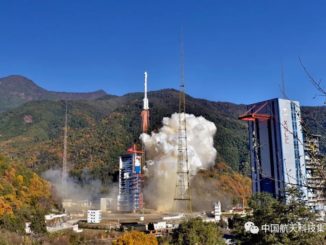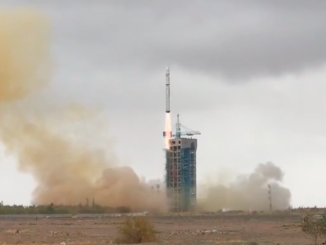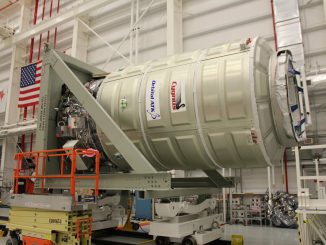The Russian Soyuz rocket that will carry a three-person crew to the International Space Station Wednesday has arrived on its launch pad at the Baikonur Cosmodrome in Kazakhstan.
Riding a specially-equipped railcar, a Soyuz-FG rocket rolled out of its assembly building, or MIK, at the Baikonur Cosmodrome just after sunrise Monday. After a winding route across the sprawling spaceport, leased by the Russian government from Kazakhstan, the Soyuz booster arrived at Launch Pad No. 1 and was raised vertical in preparation for Wednesday’s liftoff.
Gantry arms rotated into position around the Soyuz rocket, giving ground crews access to the launcher for final inspections and launch preparations.
The Soyuz rocket will fire into orbit with the Soyuz MS-15 spacecraft at 1357:43 GMT (9:57:43 a.m. EDT) Wednesday. Liftoff is timed for 6:57:43 p.m. local time at the Baikonur Cosmodrome.
Wednesday’s flight is the final mission scheduled from Launch Pad No. 1, the same historic facility from which Russian cosmonaut Yuri Gagarin departed in 1961 to become the first human in space. Beginning with the next Soyuz crew launch next March, station crews will ride upgraded Soyuz-2.1a rockets with digital control systems and other modifications that require the use of Launch Pad No. 31 at Baikonur.
Russian media reports have suggested Roscosmos hopes to upgrade Launch Pad No. 1, also known as Gagarin’s Start, for launches of the modernized Soyuz-2.1a rocket. But it’s not clear if, or when, funding for the pad upgrades will materialize.
Soyuz commander Oleg Skripochka, a 49-year-old veteran of two previous spaceflights, will ride into orbit in the Soyuz MS-15 spacecraft’s center seat Wednesday. Born in Nevinnomyssk, Russia, Skripochka was a mechanical engineer who worked on Russian space vehicles before his selection as a Russian cosmonaut candidate in 1997. He has logged 331 days in orbit on his two previous flights to the station.
Skripochka will be flanked on the left and right by NASA astronaut Jessica Meir and United Arab Emirates guest cosmonaut Hazzaa Ali Almansoori, respectively. Both are launching on their first missions into space.
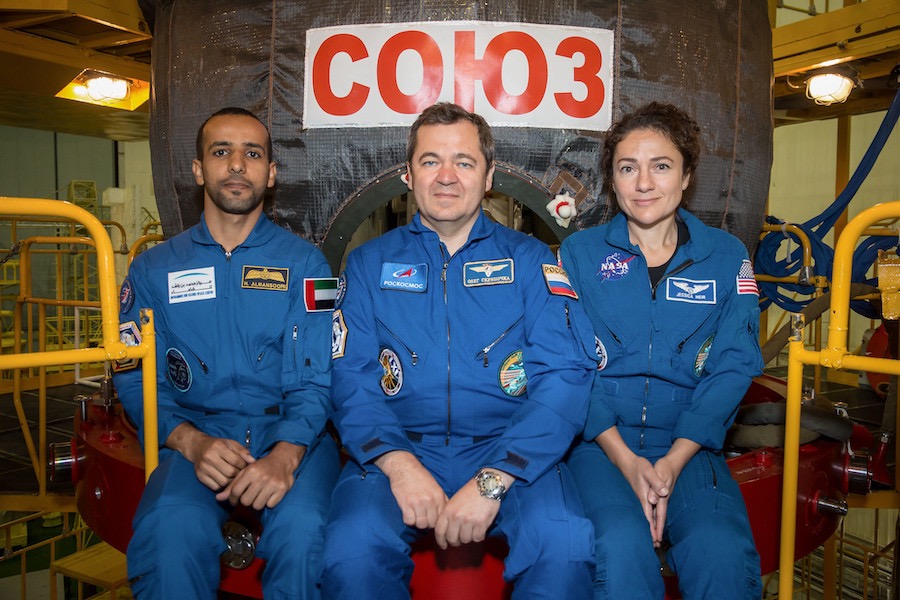
Meir, 42, was born and raised in Caribou, Maine, earned a bachelor’s degree in biology from Brown University, a master’s degree in space studies from the International Space University, and a doctorate in marine biology from Scripps Institution of Oceanography (UCSD). Prior to her selection as a NASA astronaut candidate in 2013, Meir worked for Lockheed Martin supporting human physiology research on the space shuttle and the space station, and conducted research on the physiology of animals in extreme environments.
Almansoori, 35, will become the first Emirati to fly in space as part of an agreement between the UAE and Russian governments. He graduated from the Khalifa bin Zayed Air College and flew F-16 fighter jets in the UAE armed forces before his selection to begin cosmonaut training in Russia in 2018.
The trio will launch on a fast-track approach to the space station Wednesday. The Soyuz spacecraft is scheduled to complete an automated docking with the station’s Zvezda service module at 1945 GMT (3:45 p.m. EDT). The Soyuz crew will open hatches and float into the station few hours later, temporarily raising the crew size on the orbiting outpost to nine people.
Almansoori will come back to Earth on Oct. 3 with Russian cosmonaut Alexey Ovchinin and NASA astronaut Nick Hague aboard the Soyuz MS-12 spacecraft. Ovchinin and Hague will wrap up a 203-day mission, while Almansoori will land after eight days in orbit.
Skripochka and Meir will remain in orbit until April 1, when they will return to Earth with NASA astronaut Andrew Morgan, who is already on the station.
Additional photos of Monday’s Soyuz rollout on the Kazakh steppe are posted below.
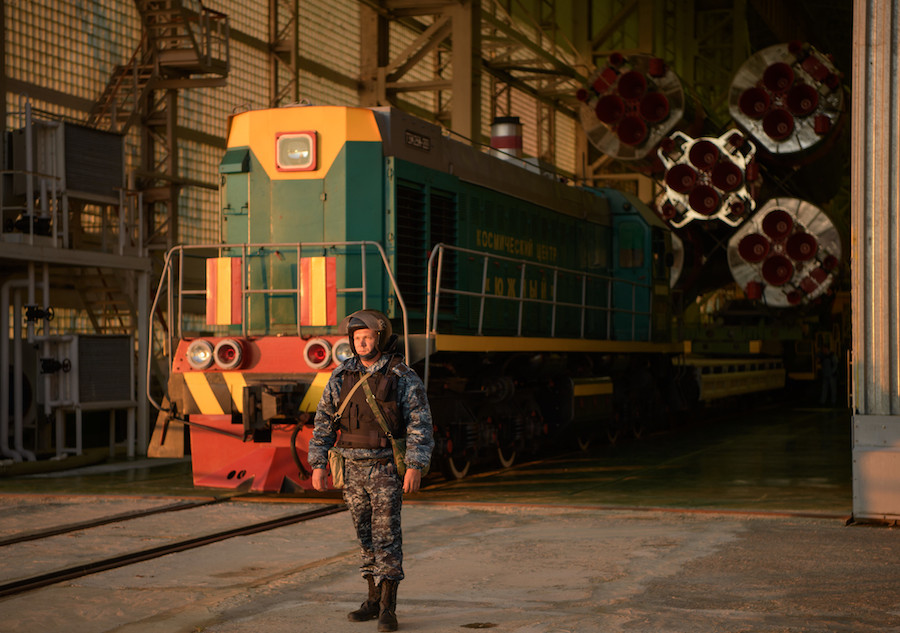
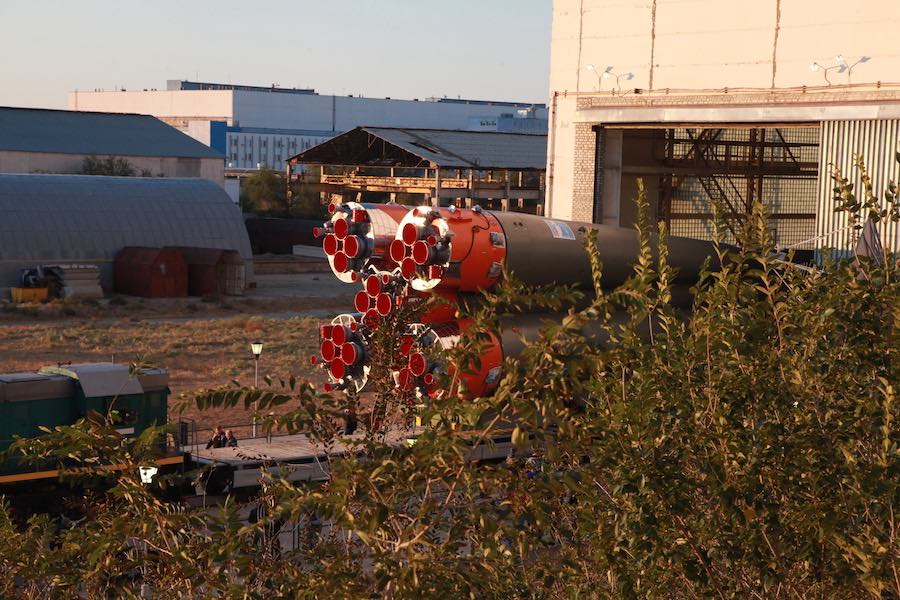
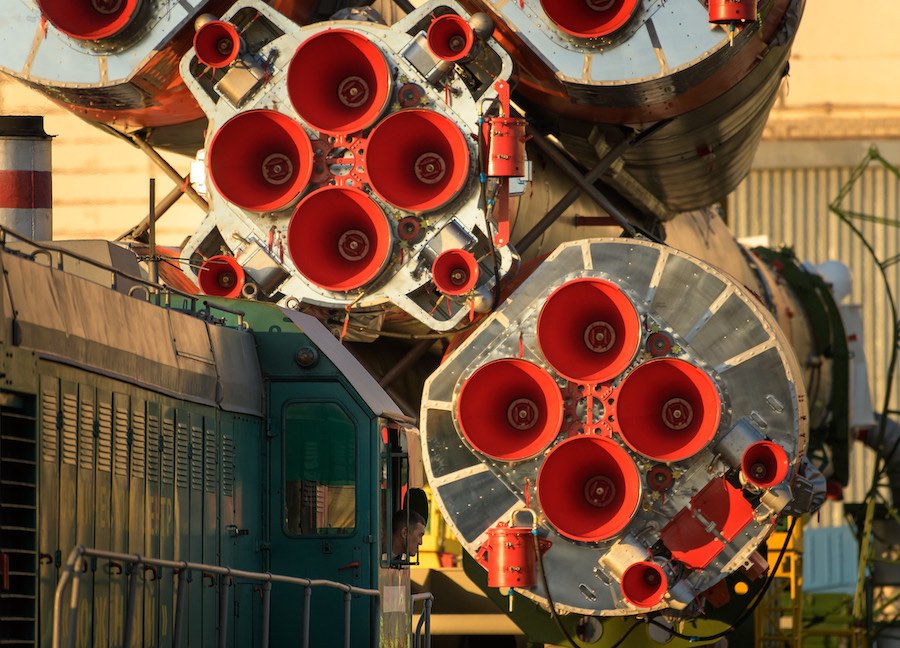
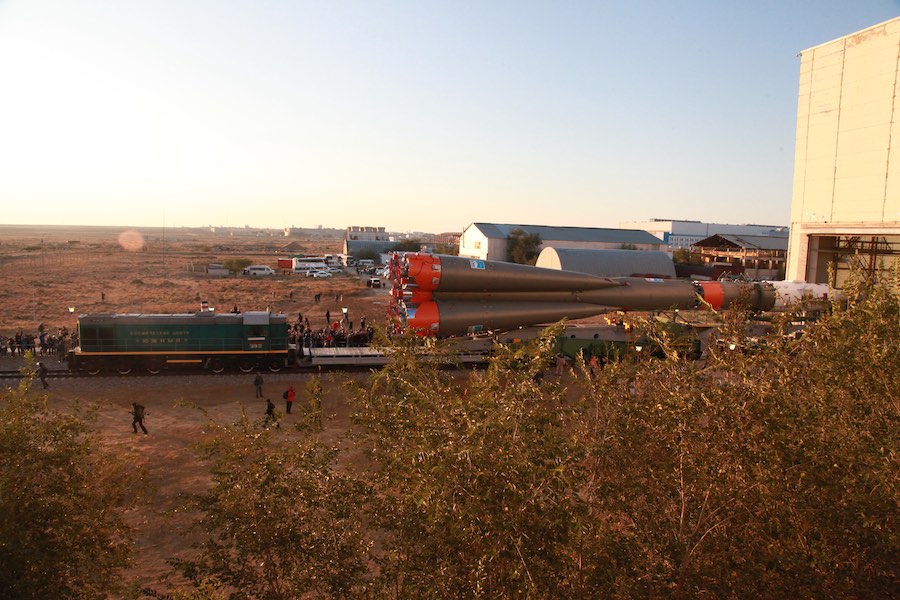
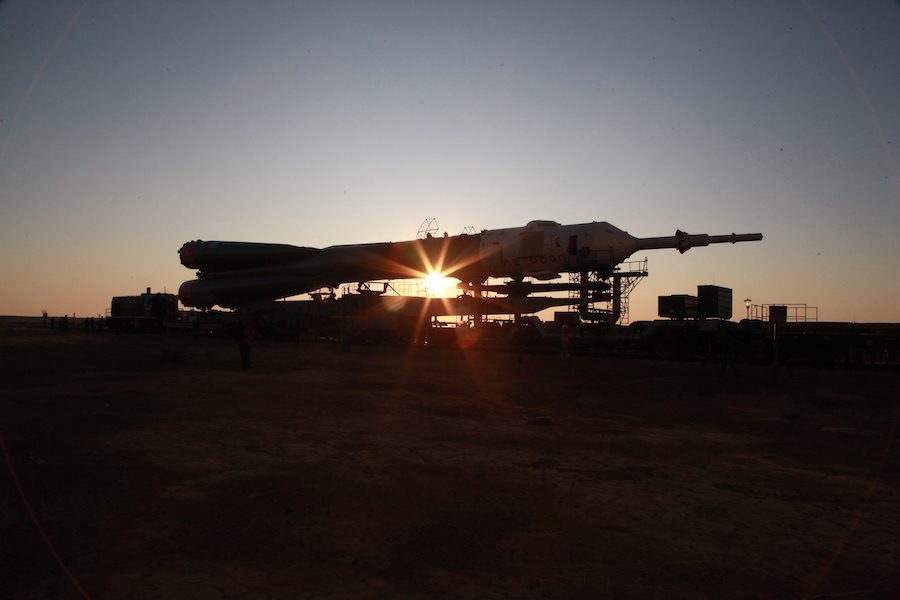
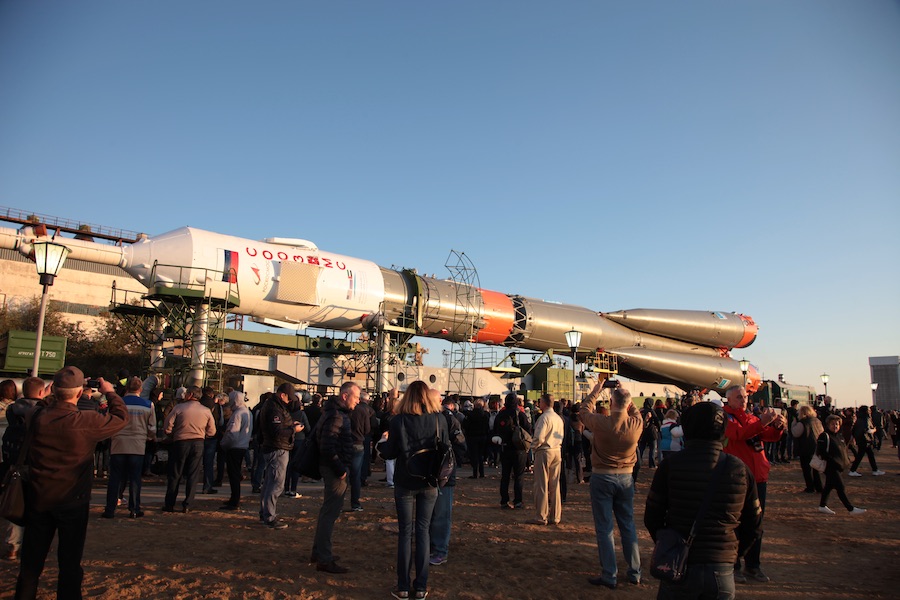
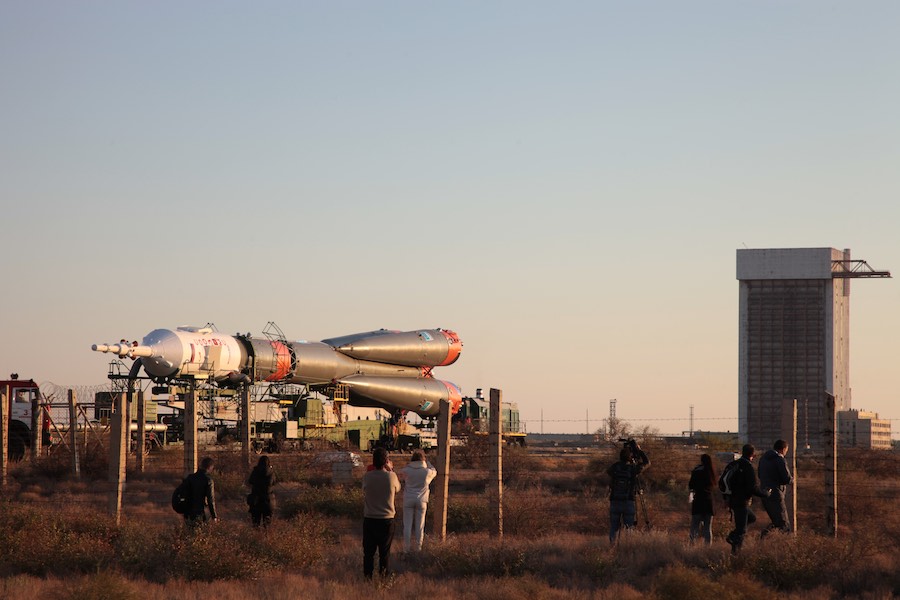
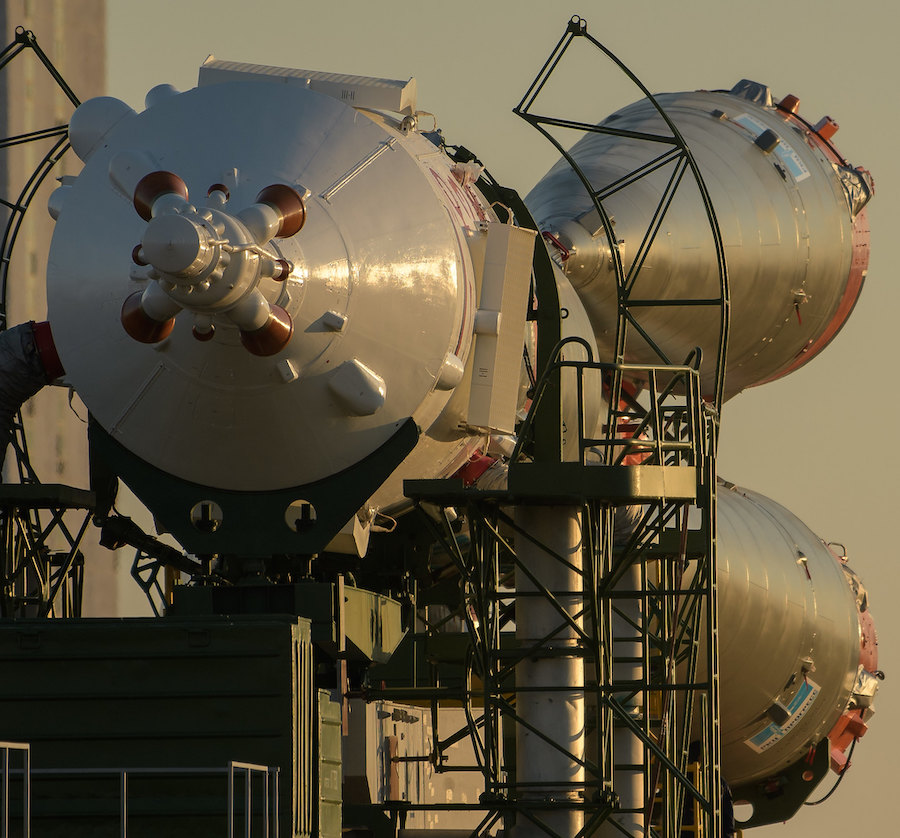
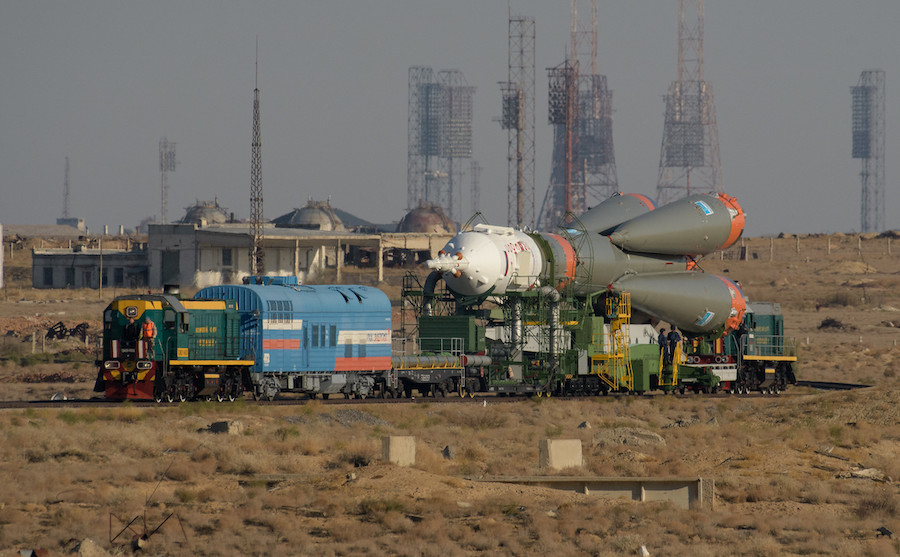
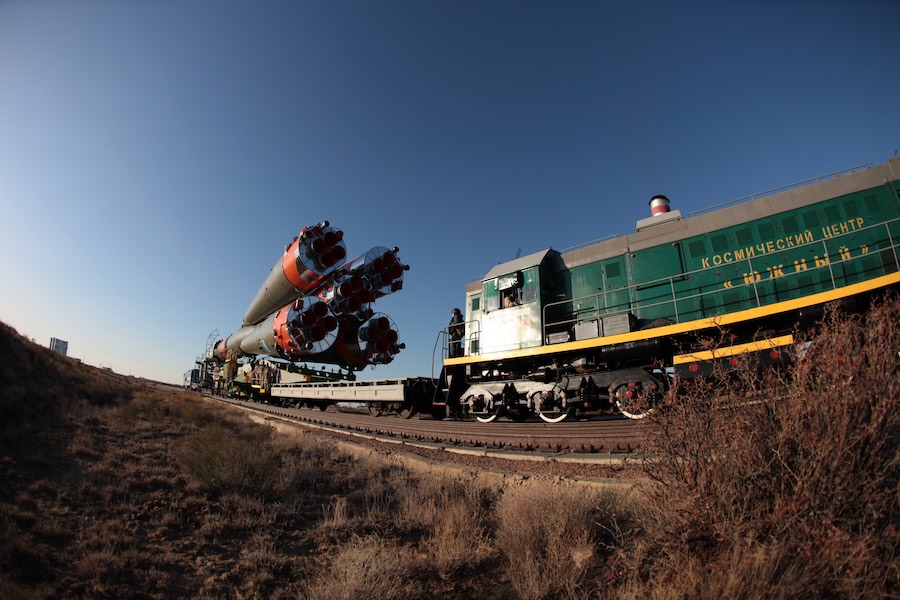
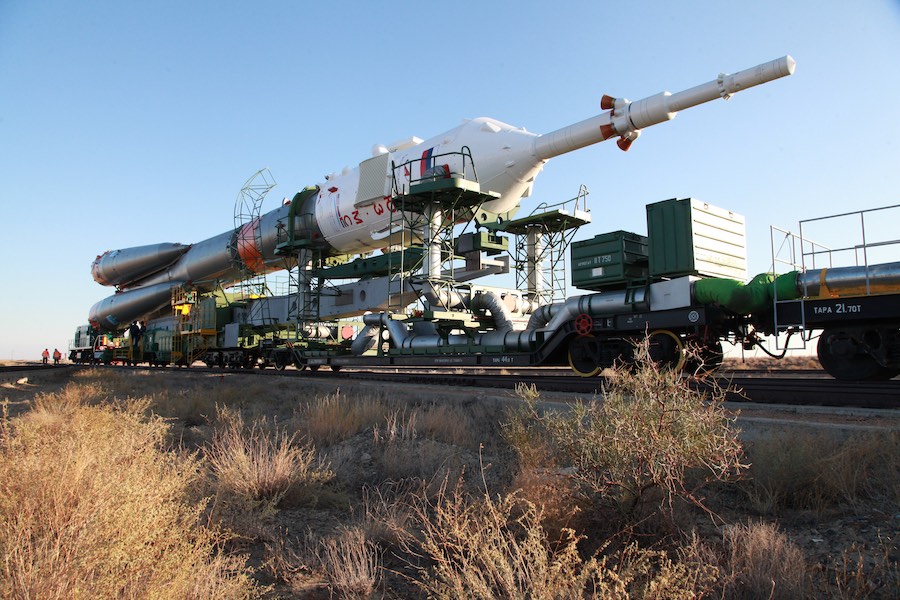
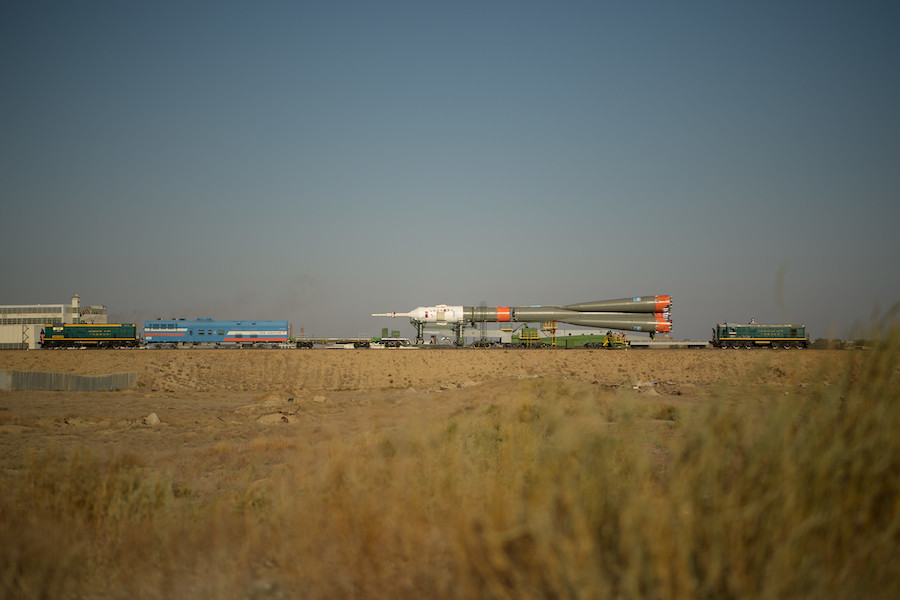
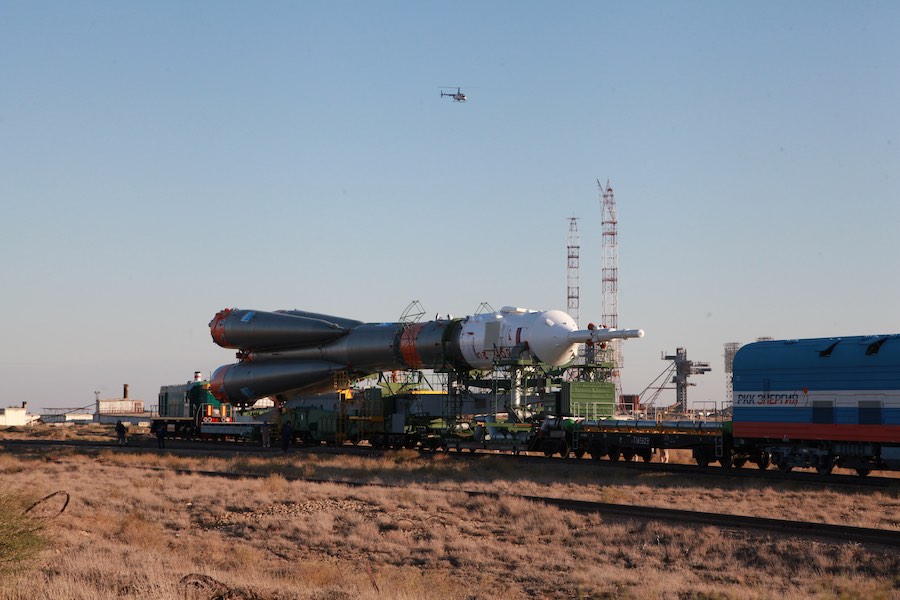
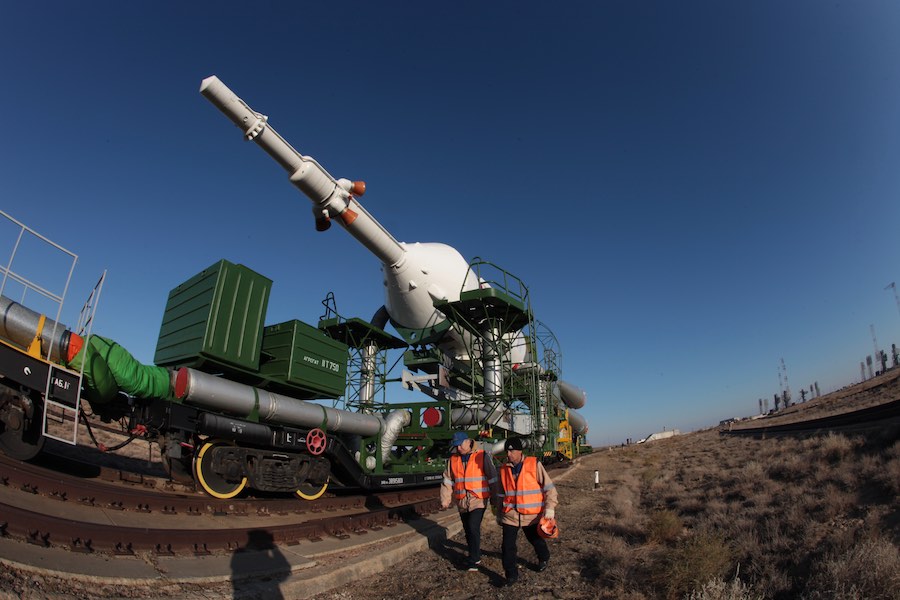
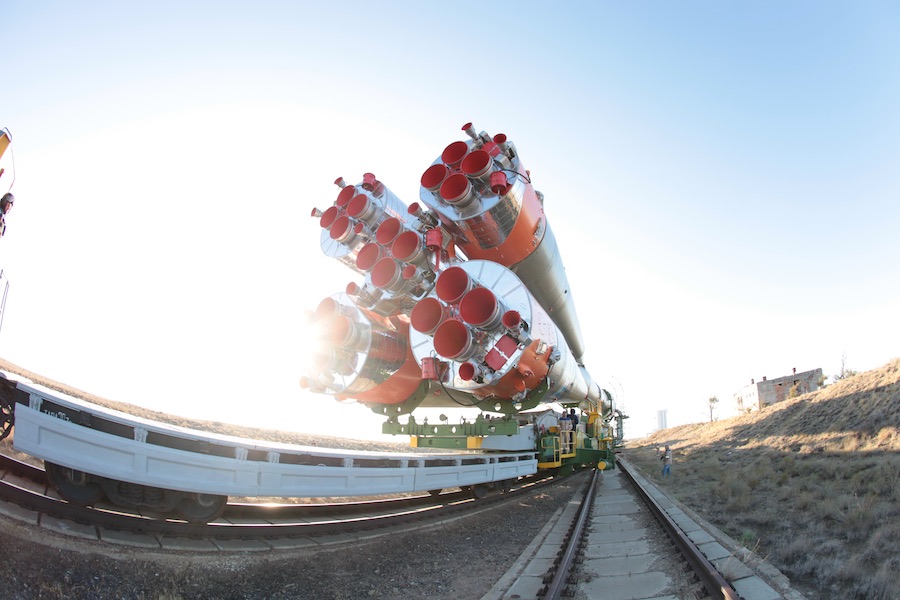
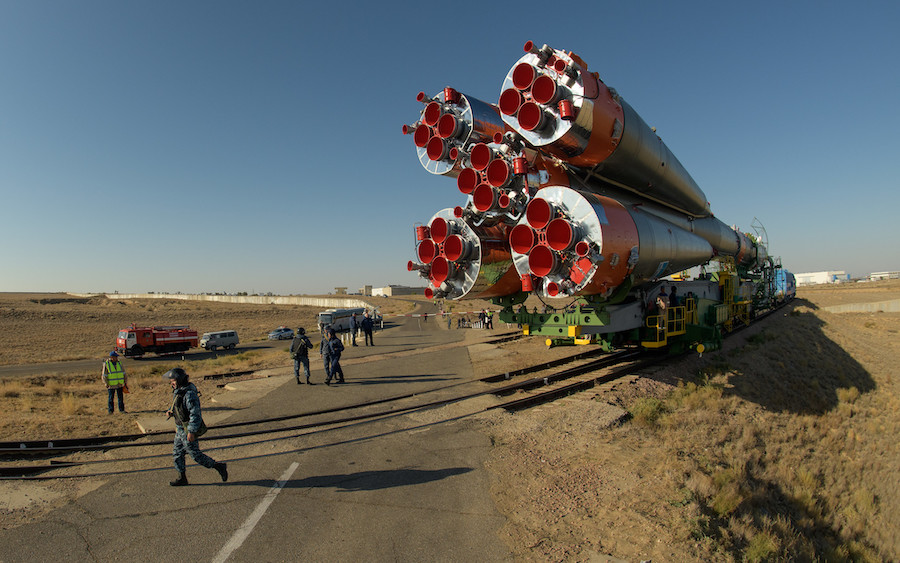
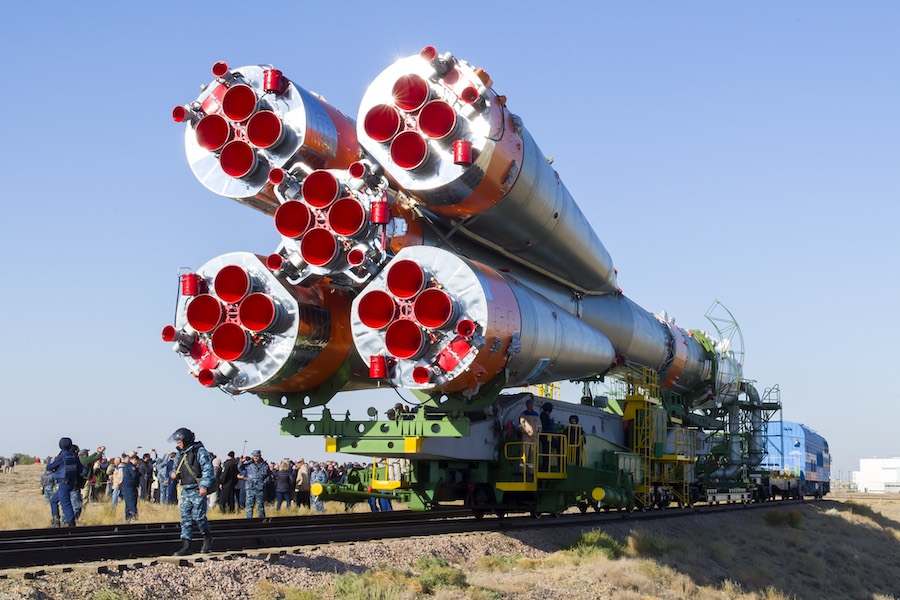
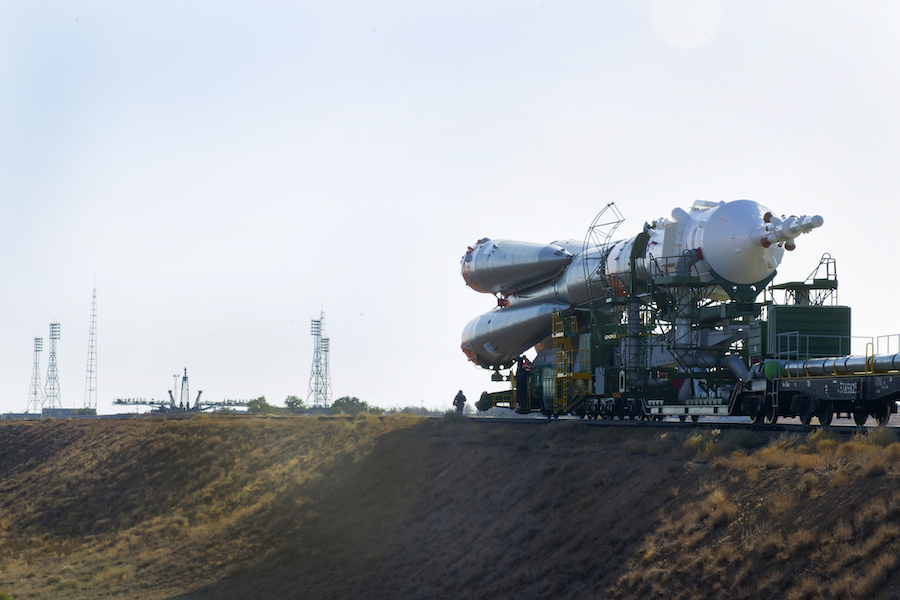
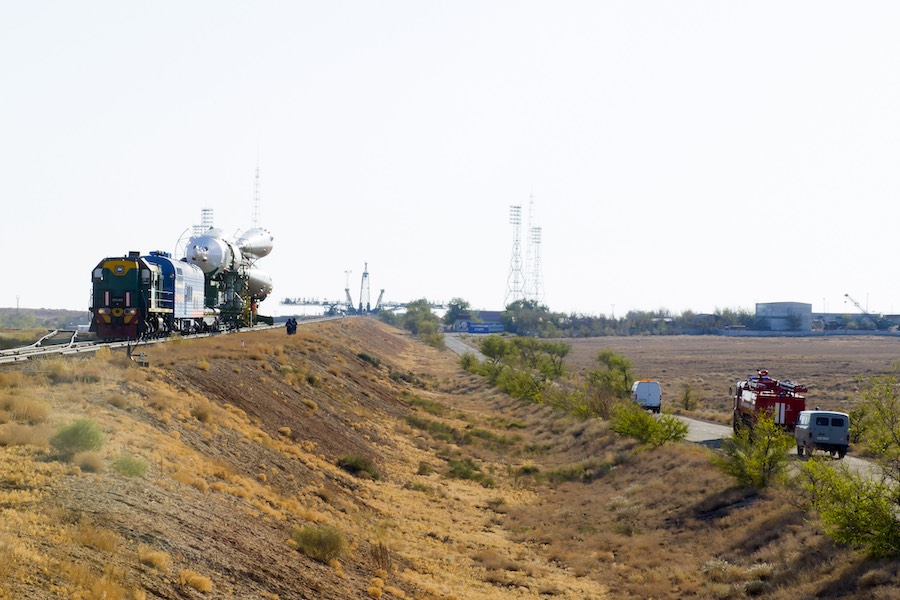
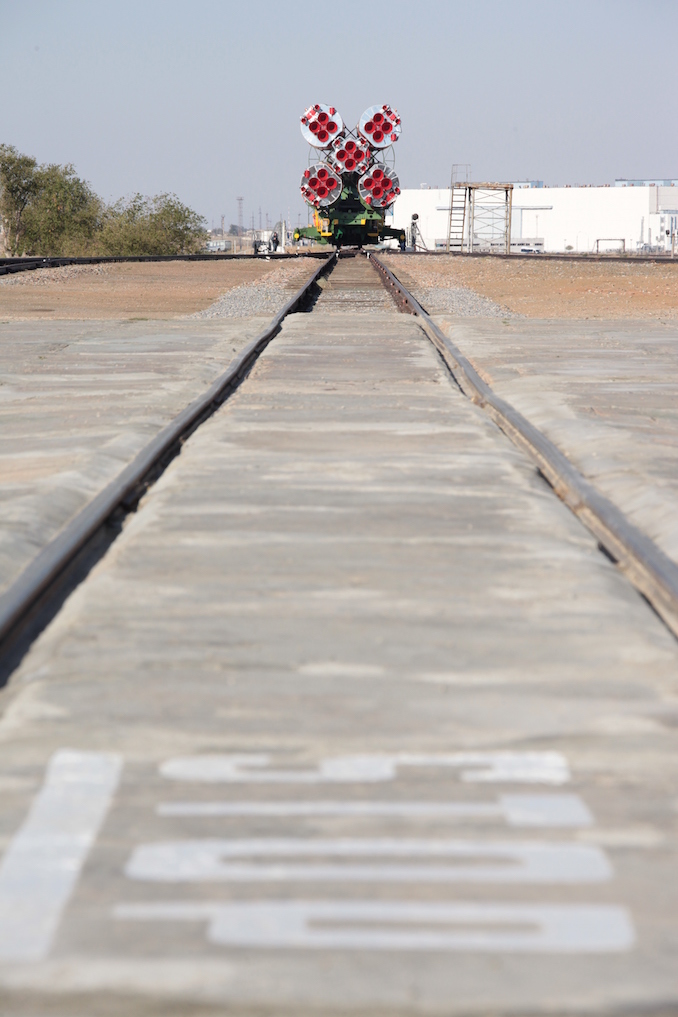
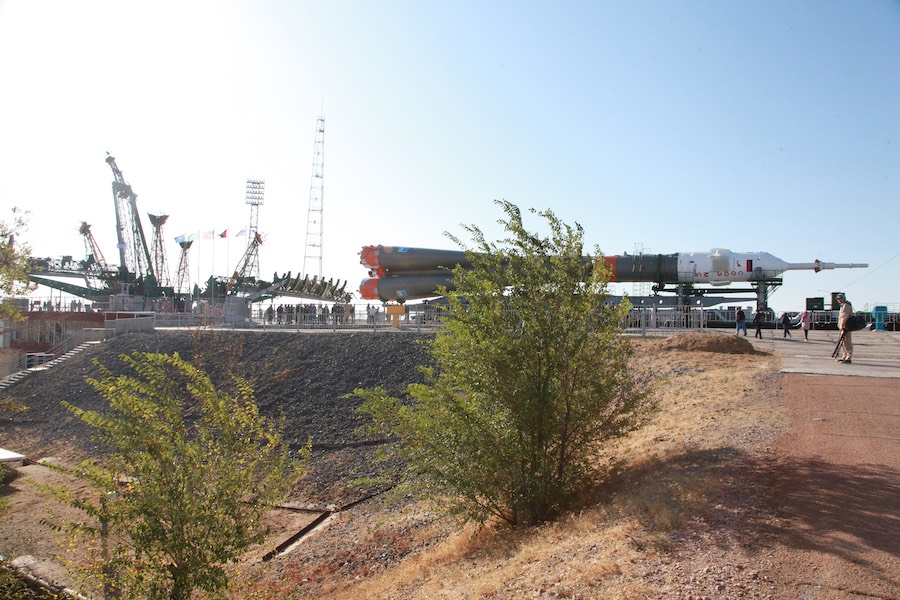
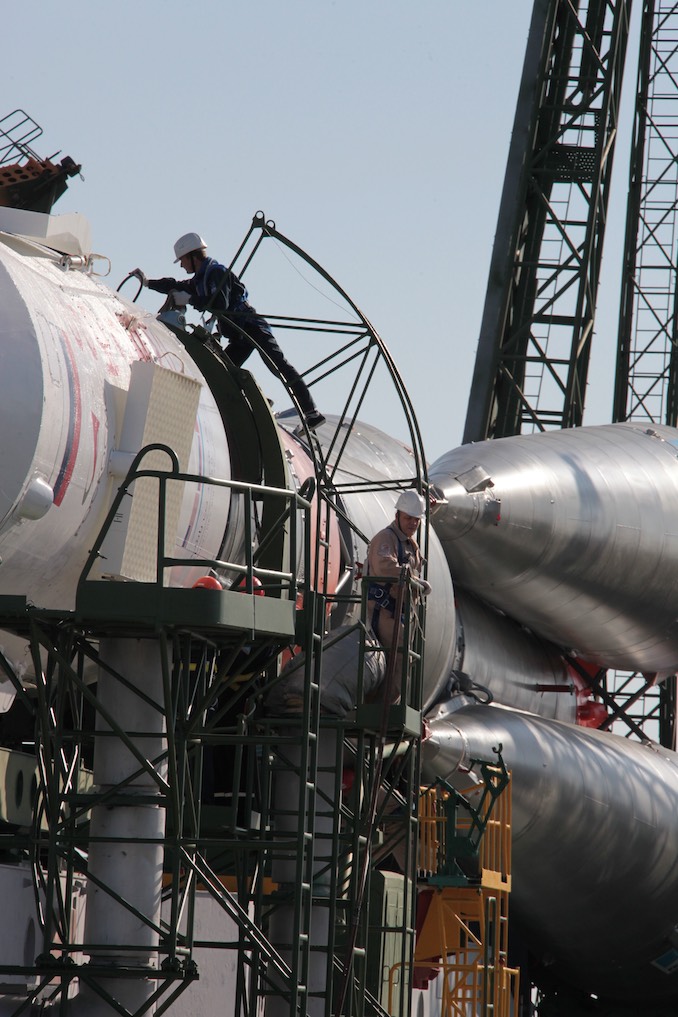
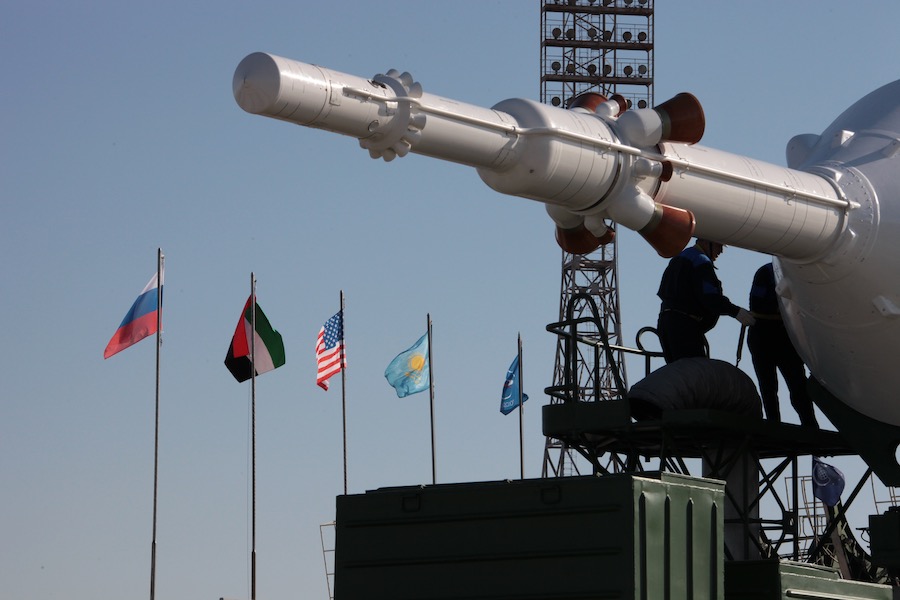
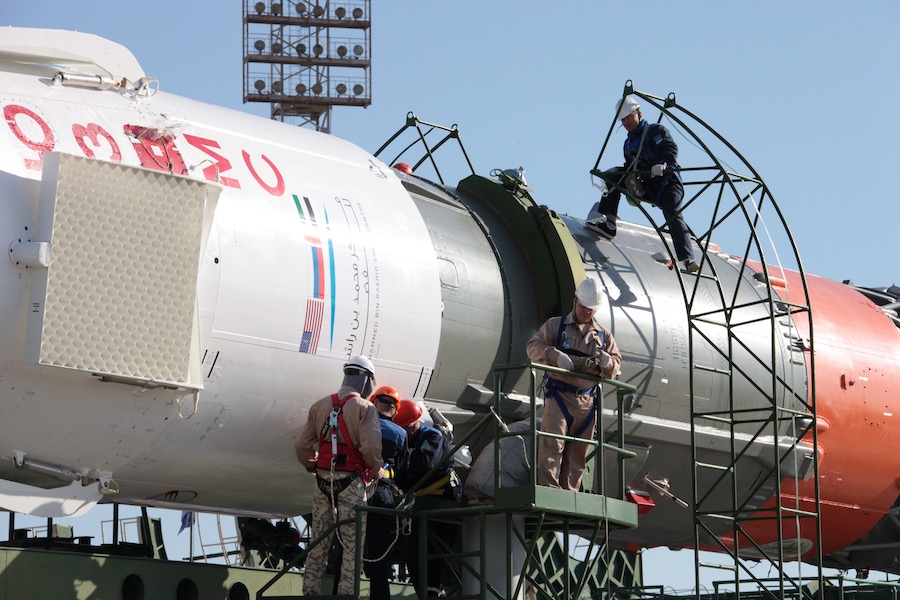
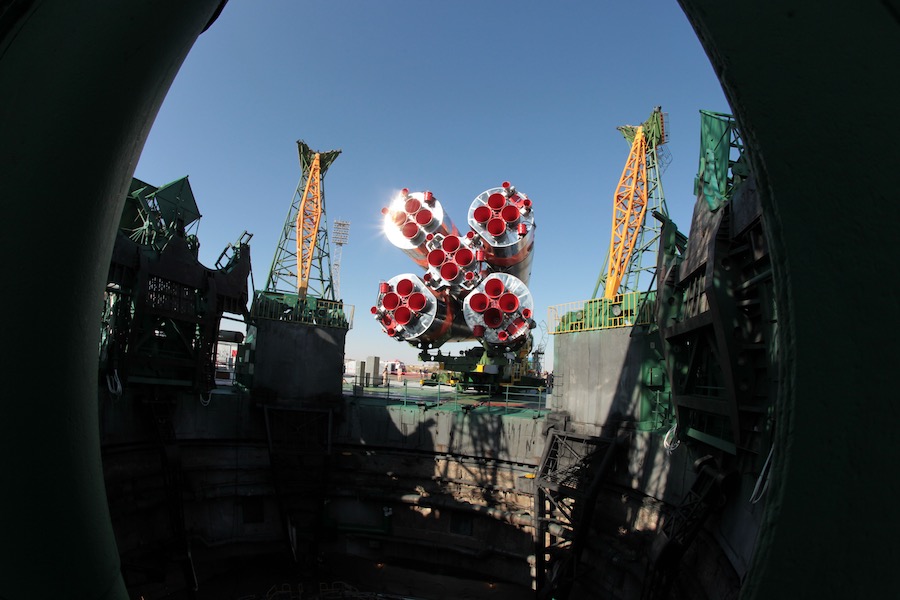
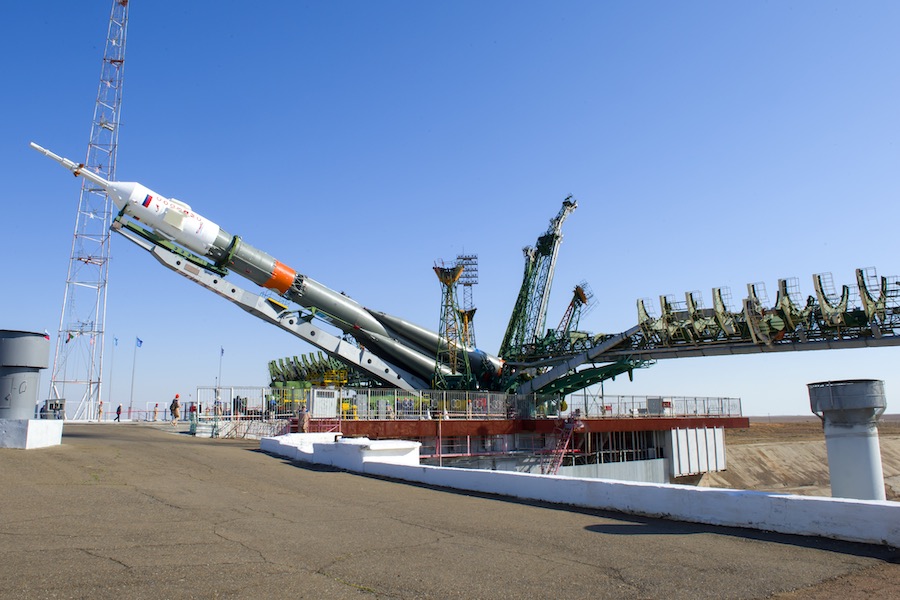
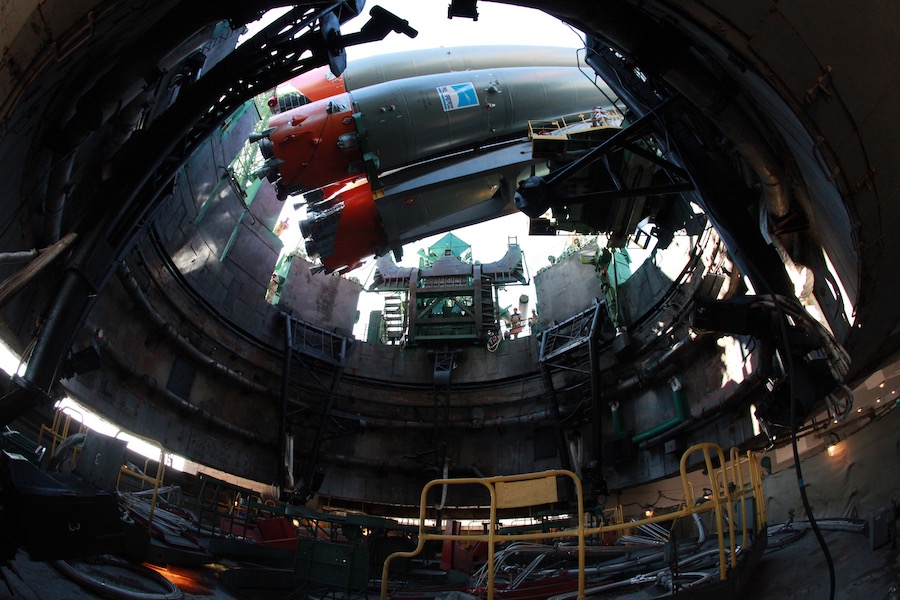
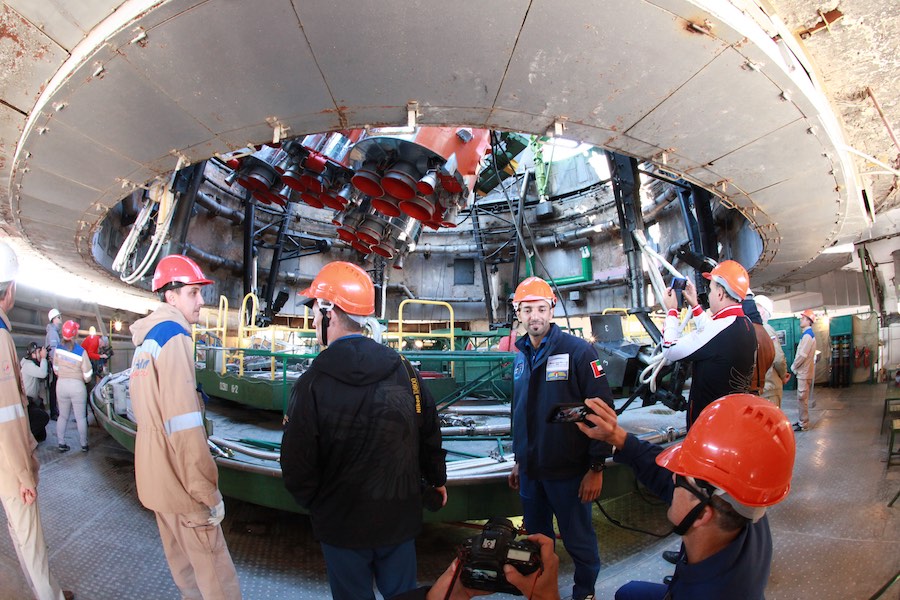
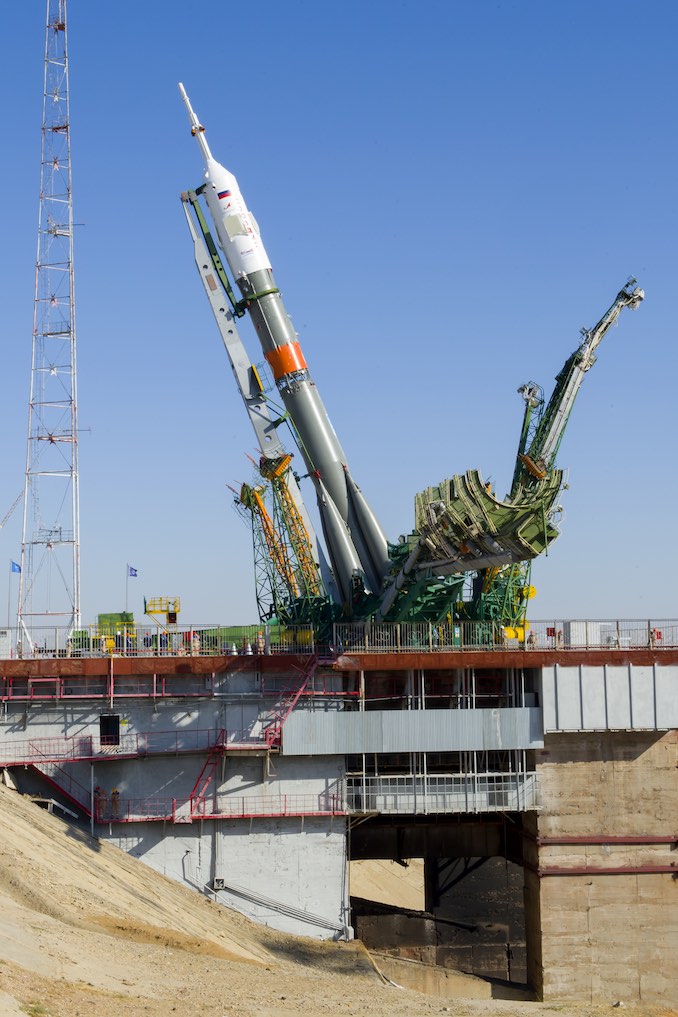
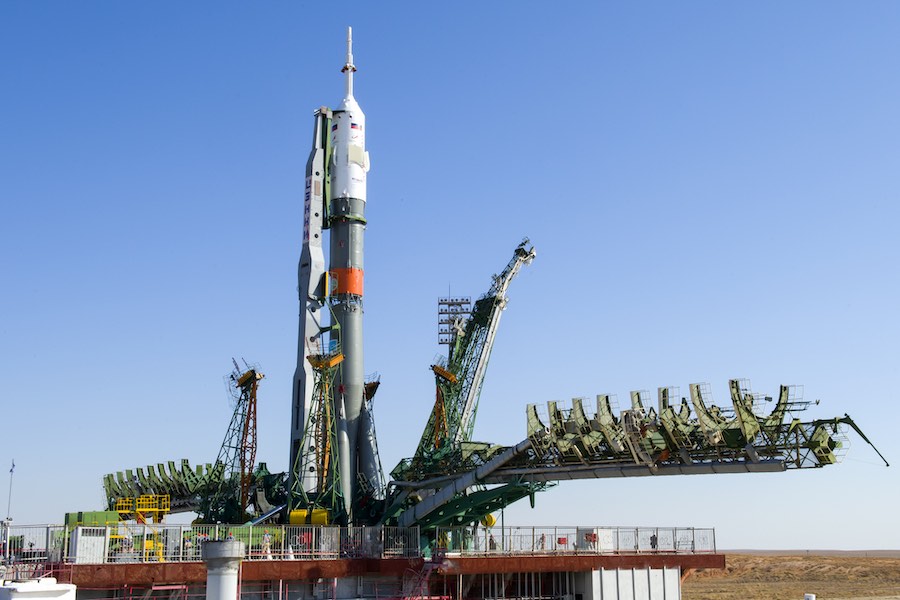
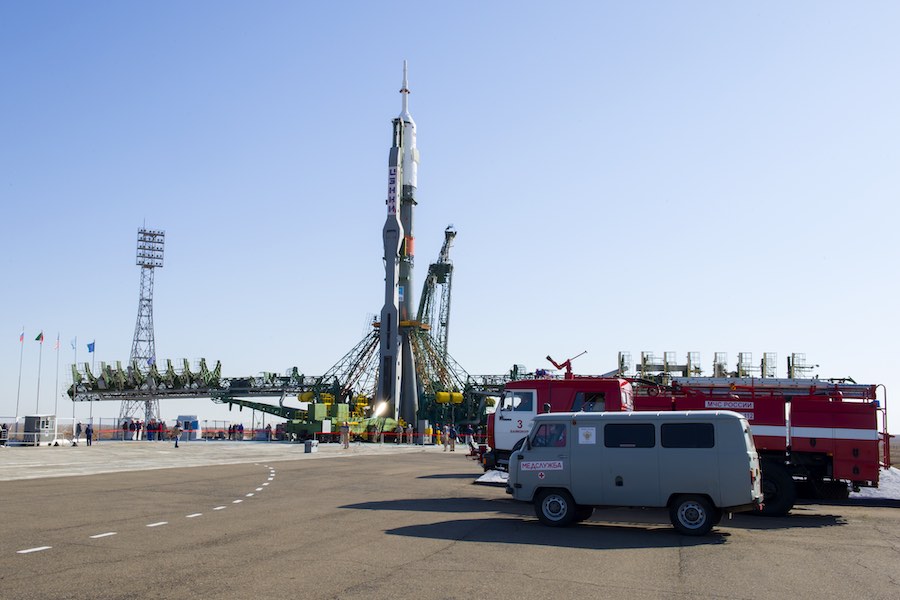
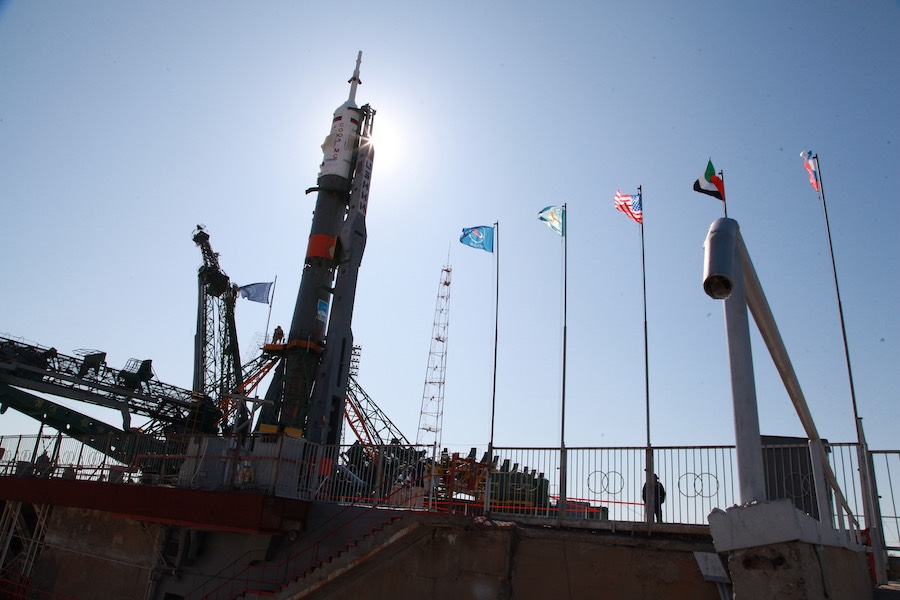
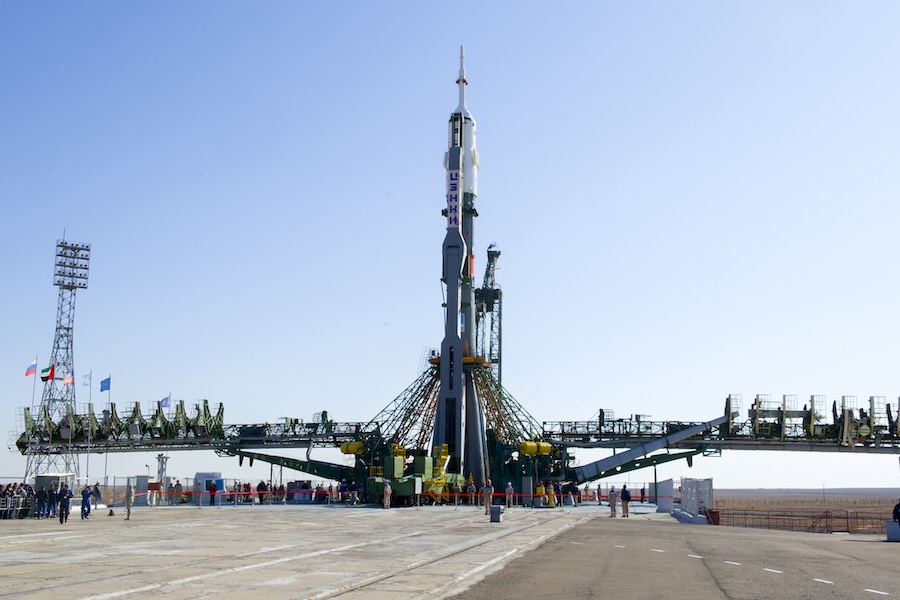
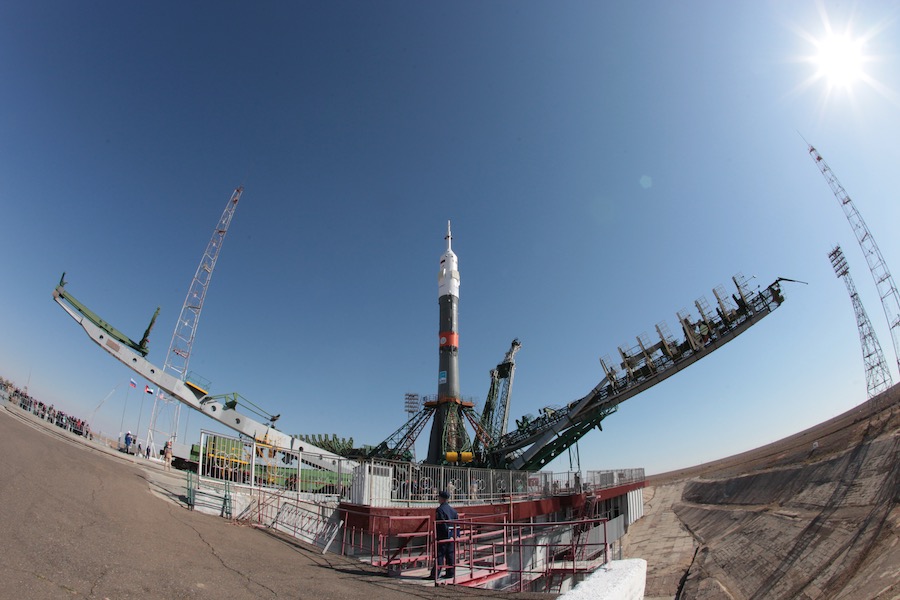
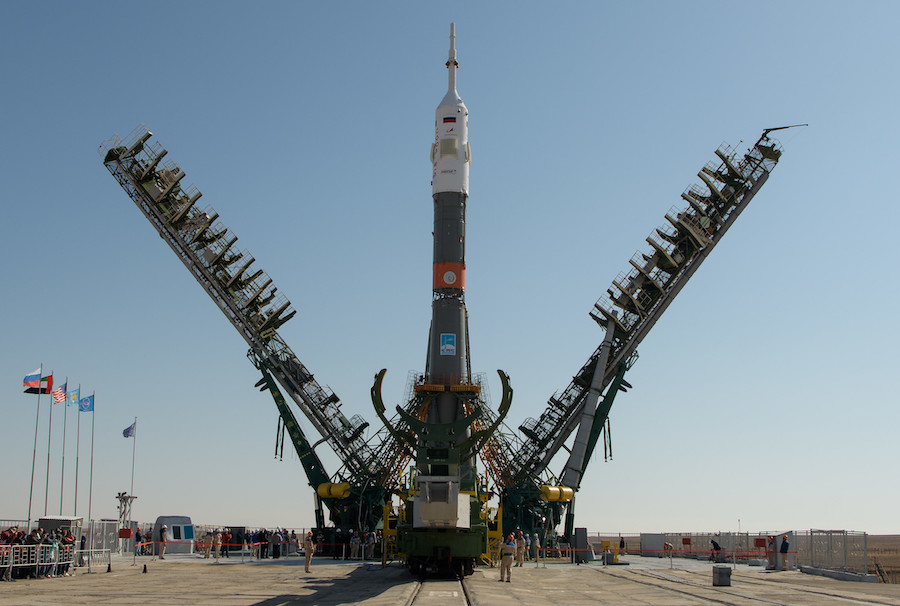
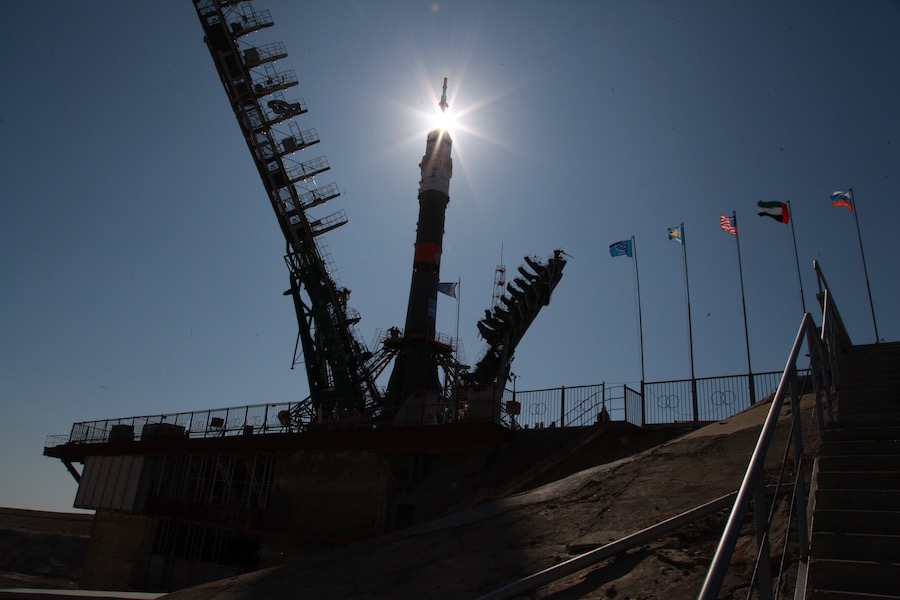
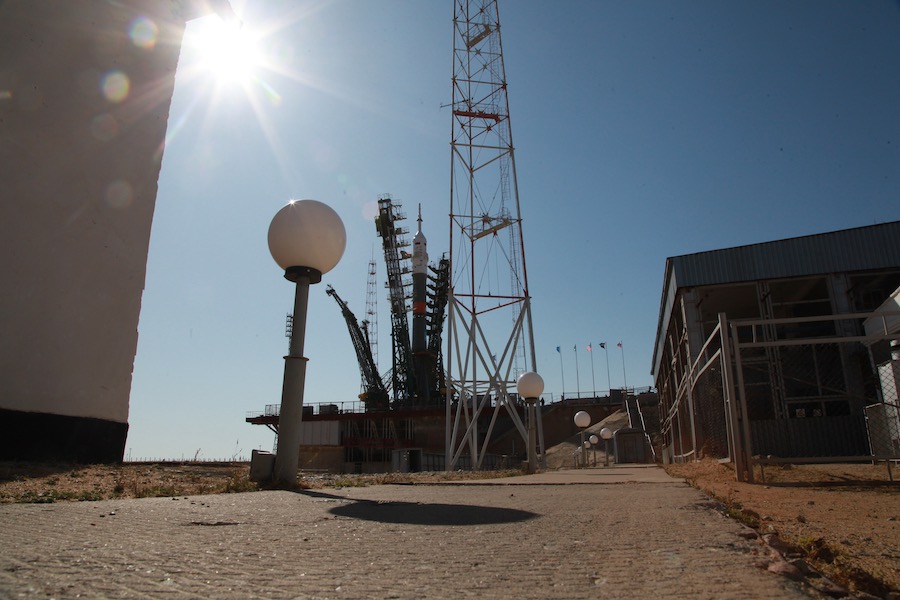
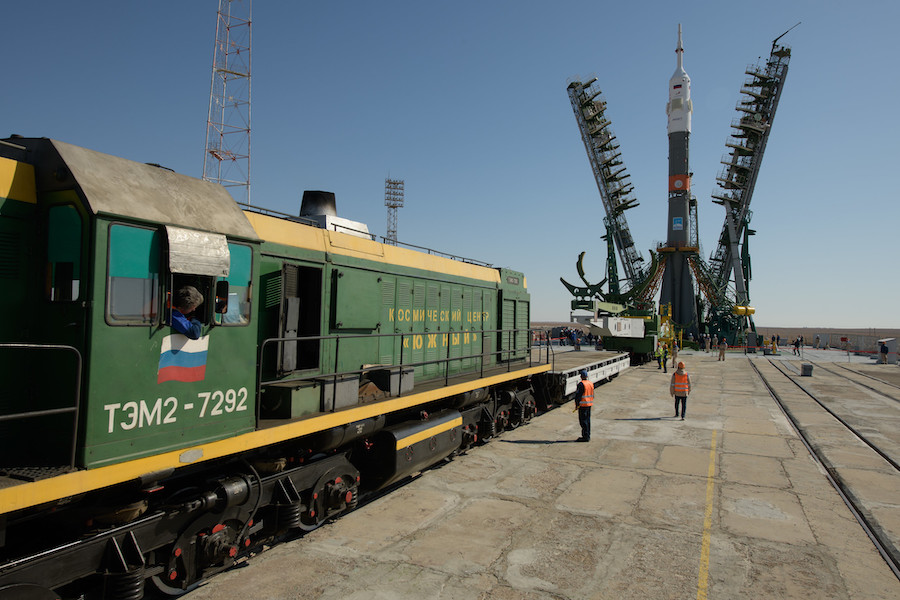
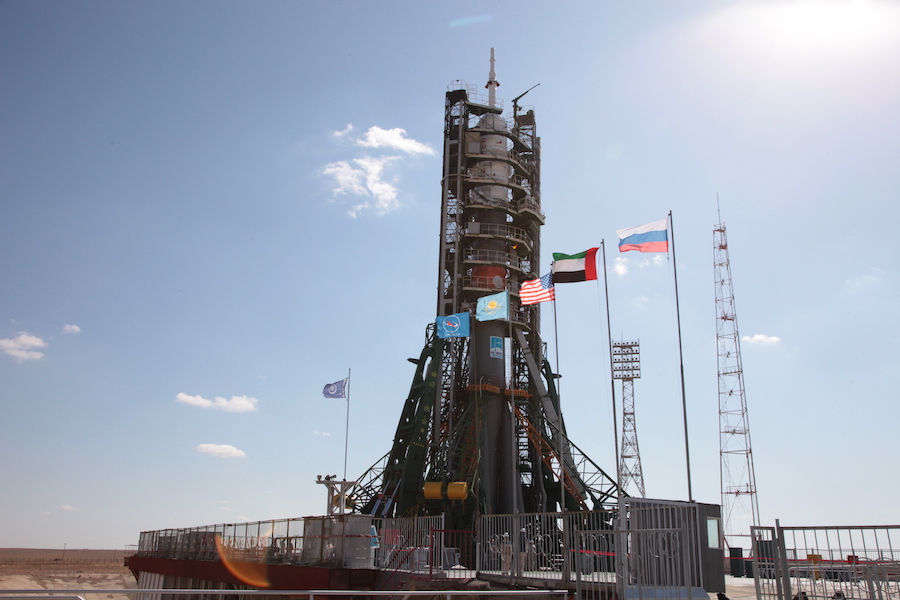
Email the author.
Follow Stephen Clark on Twitter: @StephenClark1.

